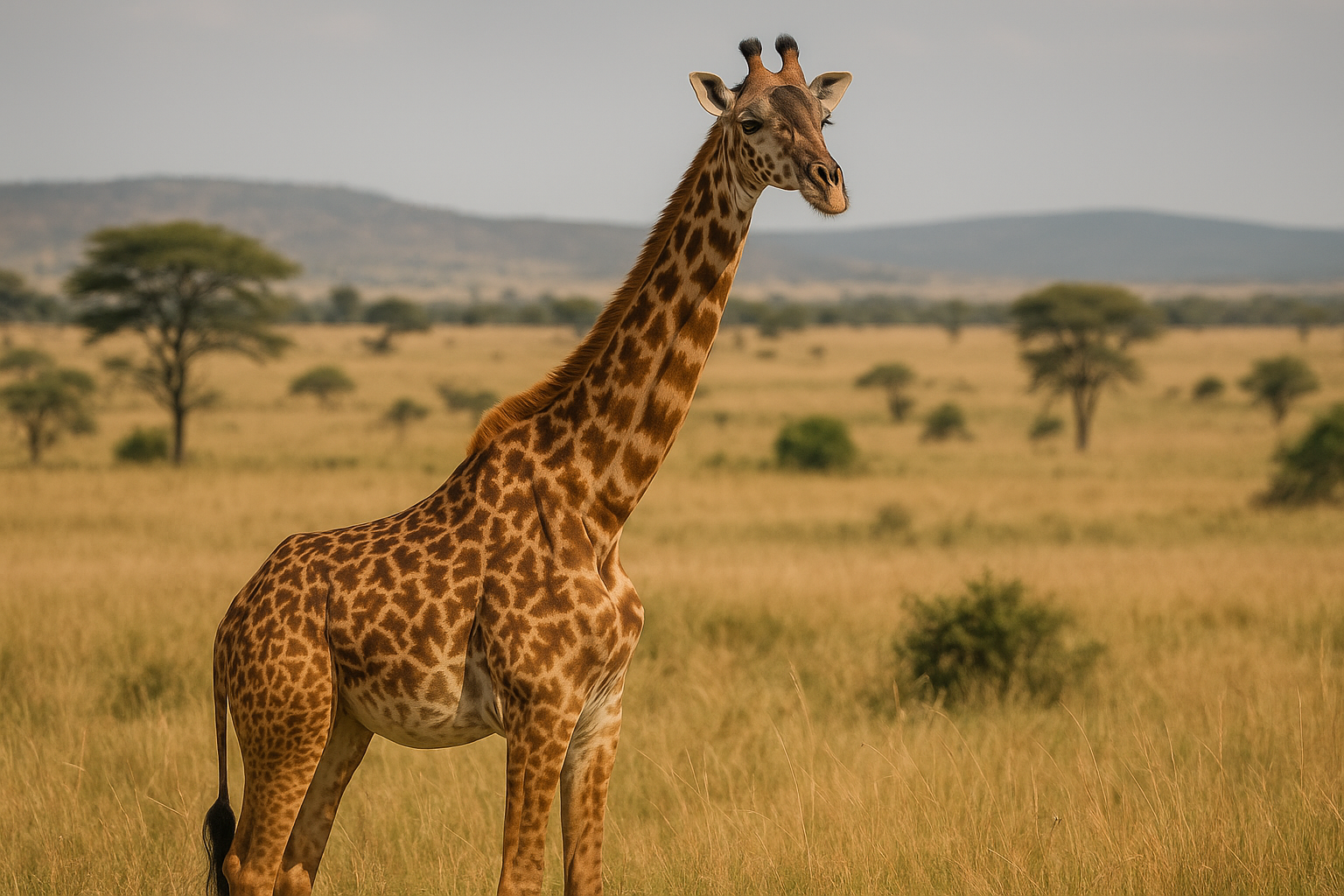Rauvolfia caffra: A Botanical Marvel
Kingdom: Plantae
Phylum: Angiosperms
Class: Eudicots
Order: Gentianales
Family: Apocynaceae
Genus: Rauvolfia
Species: Rauvolfia caffra
Commonly known as the Quinine Tree or Forest Fever Tree, Rauvolfia caffra is an elegant and fascinating plant species. Native to Africa, it holds a distinct position in botany, traditional medicine, and its natural ecosystem. Found predominantly in the sub-Saharan regions, this tree thrives near riverbanks, wetlands, and moist woodlands, making it an iconic sentinel of Africa’s lush landscapes.
Where It Grows
The Quinine Tree is endemic to tropical and subtropical regions of Africa, particularly in countries like South Africa, Zimbabwe, Kenya, and Mozambique. It flourishes in areas with high water tables and is often seen along riverbanks and swampy terrains. Its preference for moist soils makes it an excellent indicator of water sources in the wilderness.
Characteristics and Physical Description
Rauvolfia caffra is a medium to large tree that can grow up to 15–25 meters (50–80 feet) tall. Its trunk is straight and sturdy, covered with smooth, light-gray to pale brown bark that becomes slightly fissured with age. This bark exudes a milky latex when damaged, a characteristic shared by other members of the Apocynaceae family.
The tree's leaves are glossy, dark green, and arranged in whorls of three to five at the end of the branches. Each leaf is lanceolate (spear-shaped) and measures about 10–20 cm in length, tapering to a pointed tip. Their smooth texture and symmetrical arrangement give the tree a distinct, tropical appearance.
Flowering and Fruiting
One of the most enchanting features of Rauvolfia caffra is its flowers. They are small, tubular, and creamy white, sometimes tinged with pink. The flowers grow in clusters (corymbs) at the ends of the branches, filling the air with a faint, sweet fragrance. The blooming season usually occurs during the warmer months, adding vibrancy to the tree’s lush green canopy.
The fruit of the tree is equally remarkable—small, oval-shaped drupes that transition from green to a striking black or dark purple when ripe. These fruits, although visually appealing, are not edible for humans but are highly favored by birds, which play a key role in seed dispersal.
Distinctive Features and How to Identify
Rauvolfia caffra stands out from other trees due to a combination of its bark, latex, and leaf arrangement. Here’s how you can easily identify it:
1. Bark and Latex: The light gray bark exuding white latex is a primary marker. If you gently scratch the bark, the latex flows readily—a feature not common in many riverine trees.
2. Leaves: The whorled arrangement of glossy, lanceolate leaves is another distinctive trait. Unlike many African trees with compound leaves, Rauvolfia caffra’s simple, elongated leaves make it stand apart.
3. Flowers and Fruits: The contrast of creamy white flowers and dark purple fruits adds to its unique identity. Observing these features during their respective seasons provides a reliable identification method.
Distinctive Features from Other Plants
The Quinine Tree is often compared to other members of the Apocynaceae family or similarly sized riverine trees.
However, its distinct combination of smooth bark, abundant latex, and tropical foliage sets it apart. While species like Ficus sur (Wild Fig) share a preference for moist areas, they lack the whorled leaves and tubular flowers characteristic of Rauvolfia caffra.
Additionally, the tree’s upright, symmetrical growth habit and preference for riverbanks make it a natural standout.
Medicinal and Cultural Significance
The name "Quinine Tree" hints at its historical and medicinal importance. Traditional African medicine has long used its bark, roots, and latex to treat ailments such as fever, malaria, and digestive issues. The alkaloids present in the bark, including reserpine, give it its pharmacological properties. While not a source of quinine (unlike the unrelated Cinchona tree), Rauvolfia caffra has played a pivotal role in local healing practices.
In modern medicine, alkaloids derived from the tree are studied for their potential in managing hypertension and neurological disorders. Its historical use in fever remedies underscores its role as a symbol of healing and resilience in African cultures.
Ecological Role and Conservation
Rauvolfia caffra is not just a medicinal marvel—it is also an ecological cornerstone. Its fruits provide sustenance for birds, bats, and other wildlife, while its dense foliage offers shelter to countless species.
The tree’s affinity for riparian zones helps stabilize riverbanks, preventing soil erosion and supporting aquatic ecosystems.
Despite its benefits, the Quinine Tree faces threats from habitat loss and overharvesting for medicinal purposes. Efforts are underway to promote sustainable harvesting and protect its natural habitats.
How to Spot It Without Looking Too Hard
If you’re exploring an African wetland or riverine forest, you can identify Rauvolfia caffra by listening and feeling as much as seeing. The tree often grows in clusters near water, its presence indicated by the sound of bird chatter as they feast on its fruits.
Its smooth, gray bark reflects sunlight, making it visually distinctive in a grove.
Finally, the feel of its latex-rich bark and the symmetrical layout of its leaves provide unmistakable clues.
A Unique Botanical Treasure
Rauvolfia caffra is more than a tree—it’s a testament to nature’s ability to blend beauty, utility, and resilience.
Its elegant form, medicinal properties, and ecological contributions make it a plant of extraordinary value.
Whether admired for its aesthetic appeal or revered for its healing powers, the Quinine Tree continues to stand as a symbol of life and vitality in the heart of Africa.









No comments:
Post a Comment